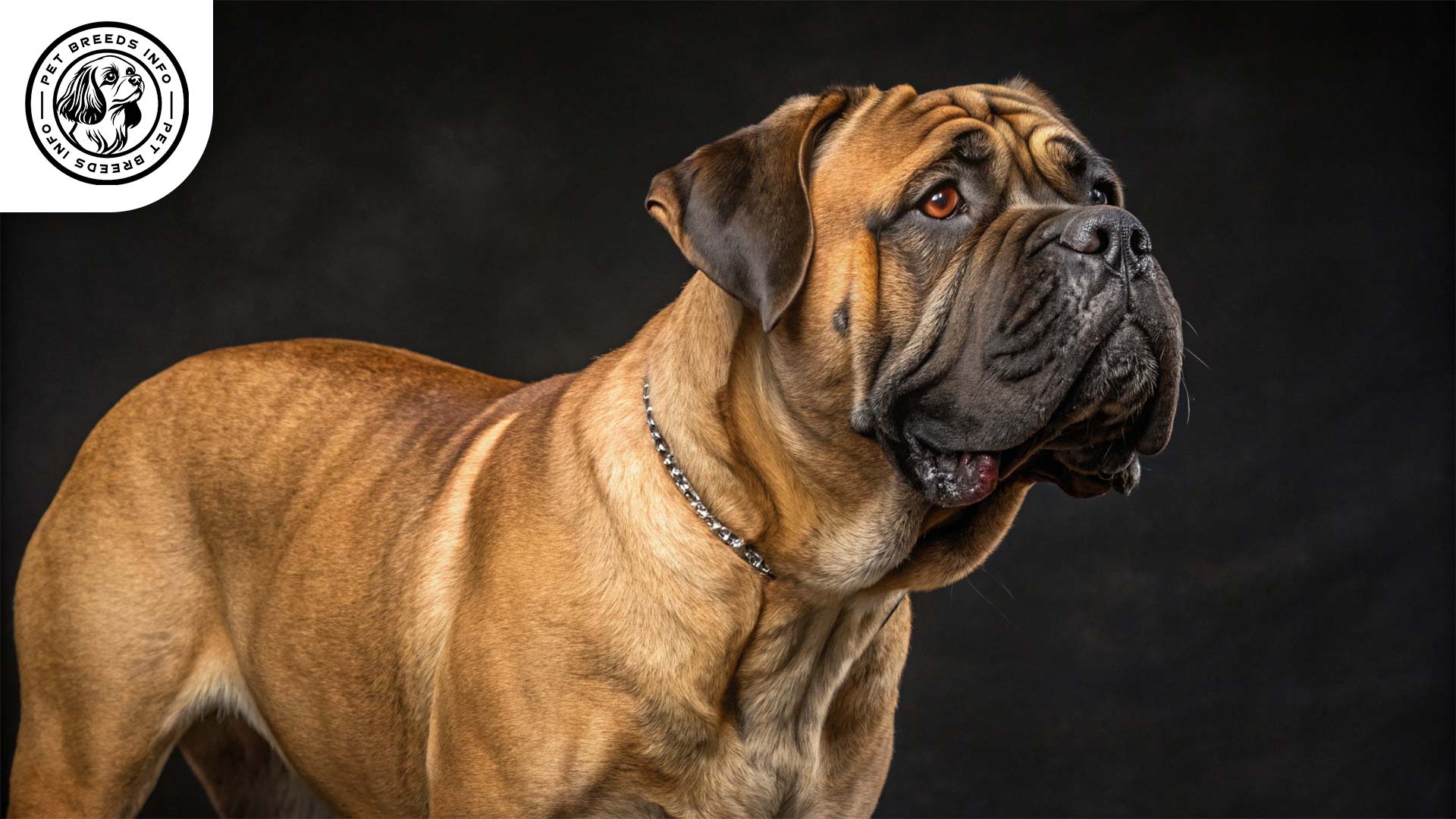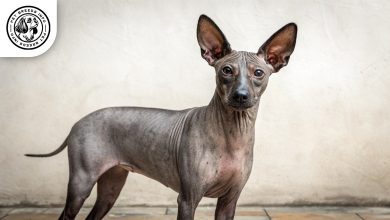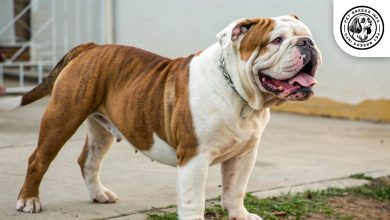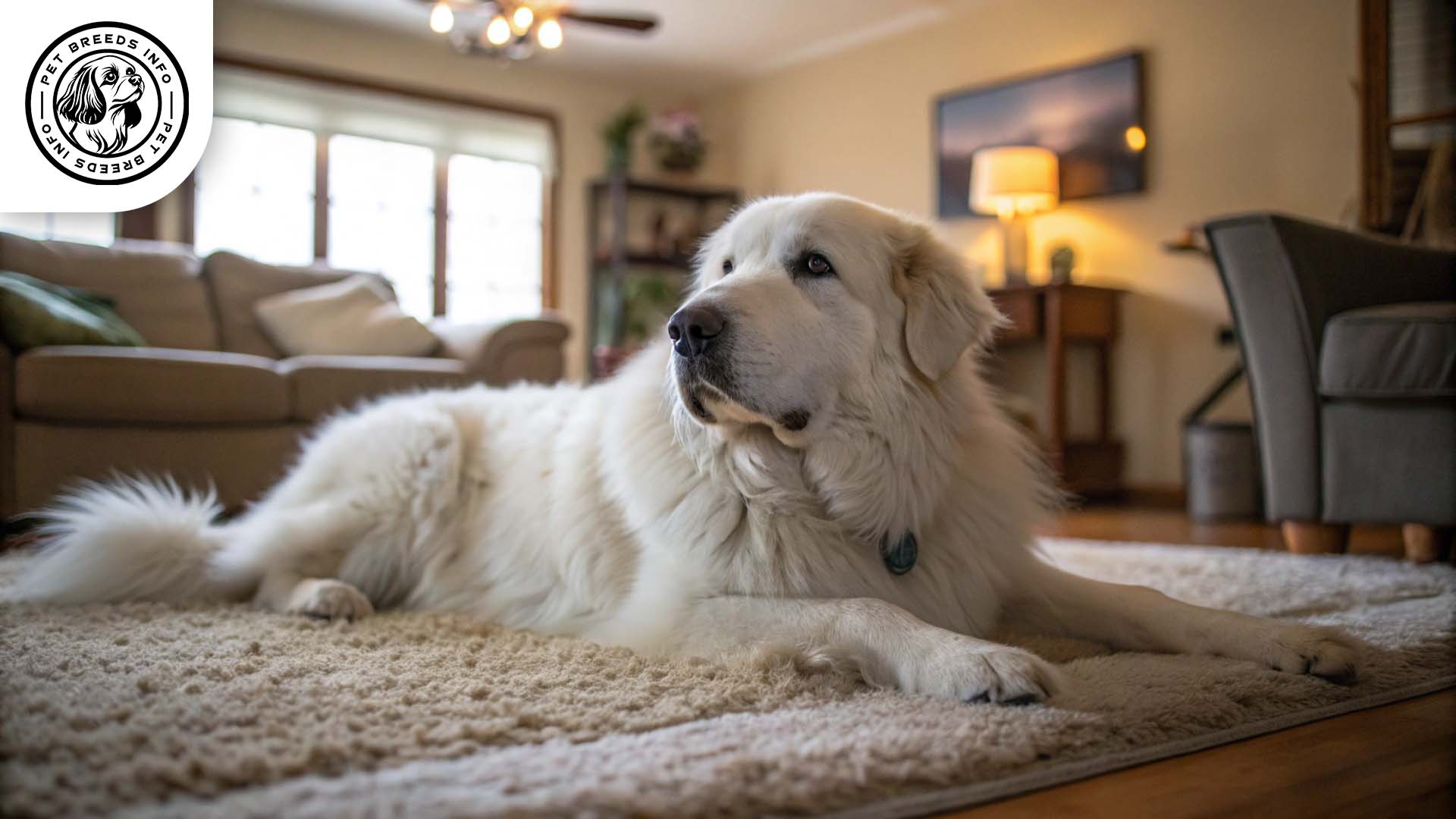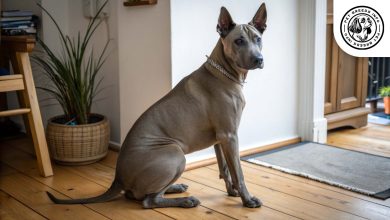Bullmastiff Dog Breed: Size, Health, Price & Personality
General Introduction of the Breed
The Bullmastiff is a large, powerful breed developed in England. It is sometimes referred to as the “Gamekeeper’s Night Dog” due to its original use in guarding estates against poachers. This breed was created in the 19th century by crossing the Mastiff and Bulldog to develop a courageous yet obedient guardian. Over time, it became a beloved companion and protector.
Table of Contents
| Weight | Males: 110-130 pounds Females: 100-120 pounds |
| Lifespan | 7-10 years |
| Diet | High-quality dry kibble or raw food; protein-rich; portion control; avoid chocolate, grapes, onions, fatty foods |
| Care | Moderate exercise (daily walks, playtime); needs space; low-maintenance short coat (weekly brushing); prone to overheating; routine hygiene (bathing, nail trimming, ear cleaning, dental care) |
| Health | Hip and elbow dysplasia, bloat, hypothyroidism, heart conditions, certain cancers |
| Color | Fawn, red, or brindle, often with a black mask |
| Nature | Intelligent, quick learners, loyal, protective but not aggressive, calm, good with children, can get along with other pets (if socialized), sensitive to environmental changes, prefers stable routine |
| Price | Puppy: $1,500 – $3,500 |
Physical Characteristics
Bullmastiffs are large and muscular dogs with a solid build. Males typically stand between 25-27 inches tall and weigh between 110-130 pounds, while females are slightly smaller at 24-26 inches tall and 100-120 pounds.
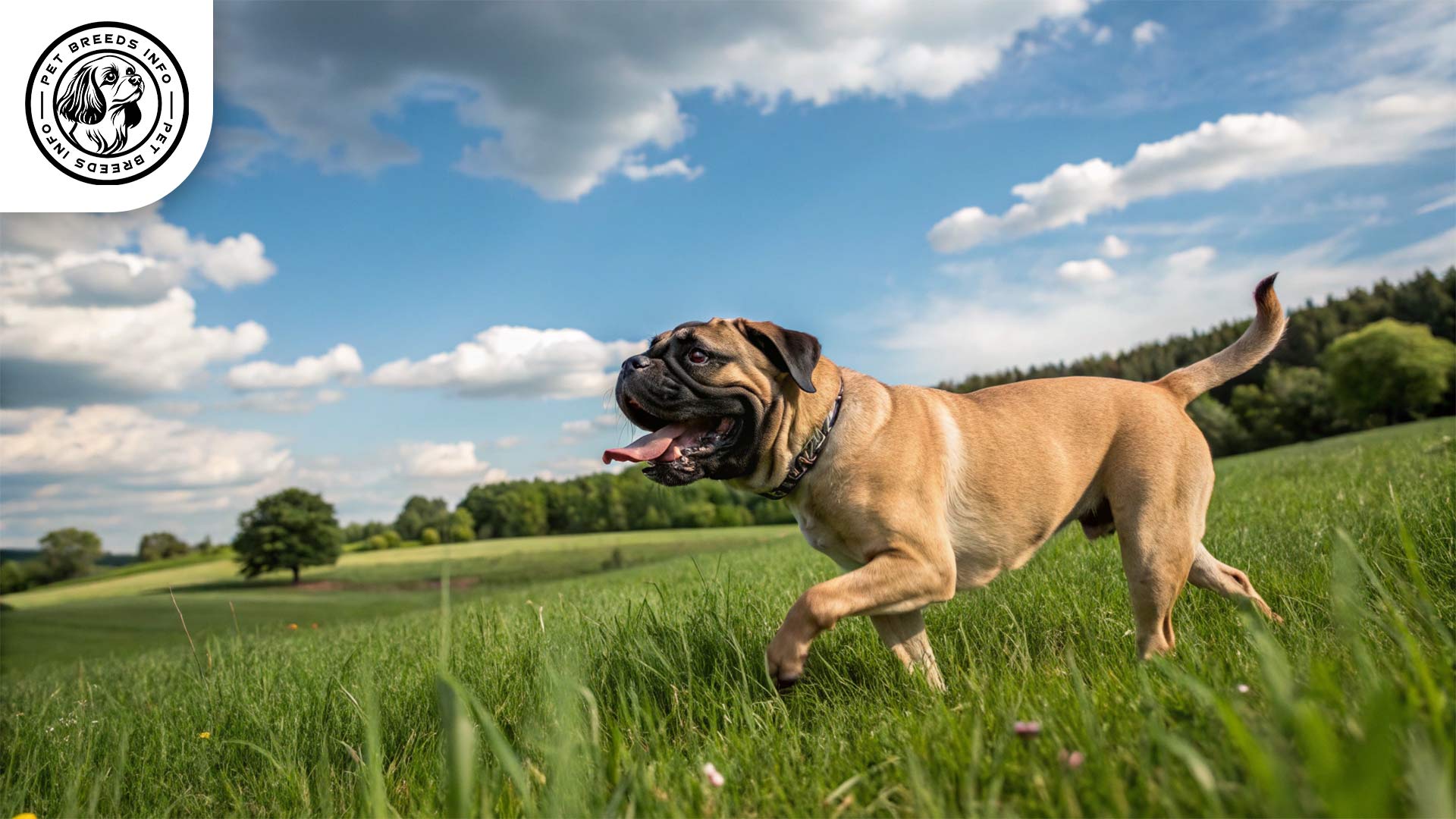
The breed has a short, dense coat that comes in fawn, red, or brindle, often with a black mask. Their eyes are dark brown, and they have V-shaped ears that fold forward. The tail is long and tapers to a point. Distinctive physical traits include a broad head, short muzzle, and slight facial wrinkles.
Read More: Brittany Spaniel Dog
Personality and Temperament
Bullmastiffs are intelligent and quick learners, though they require consistent training. They have a moderate energy level and appreciate daily exercise but are not overly active. They are deeply loyal and form strong bonds with their owners.
They are protective but not aggressive, making them excellent guard dogs. Their calm nature makes them good with children, and they can get along with other pets when properly socialized. However, they are sensitive to environmental changes and prefer a stable routine.
Care and Maintenance Requirements
Bullmastiffs need moderate exercise, such as daily walks and playtime, but they do not require excessive activity. They are better suited for homes with space rather than small apartments.
Their short coat is low-maintenance, requiring weekly brushing to remove loose hair. They are prone to overheating, so care must be taken in hot weather. Routine hygiene care includes occasional bathing, regular nail trimming, ear cleaning, and dental care.
Diet and Nutrition
A balanced diet of high-quality dry kibble or a raw food diet is recommended. Protein-rich foods support their muscular build, and portion control is essential to prevent obesity.
Avoid feeding them chocolate, grapes, onions, and excessively fatty foods. Adult Bullmastiffs should be fed twice a day, with portion sizes tailored to their weight and activity level.
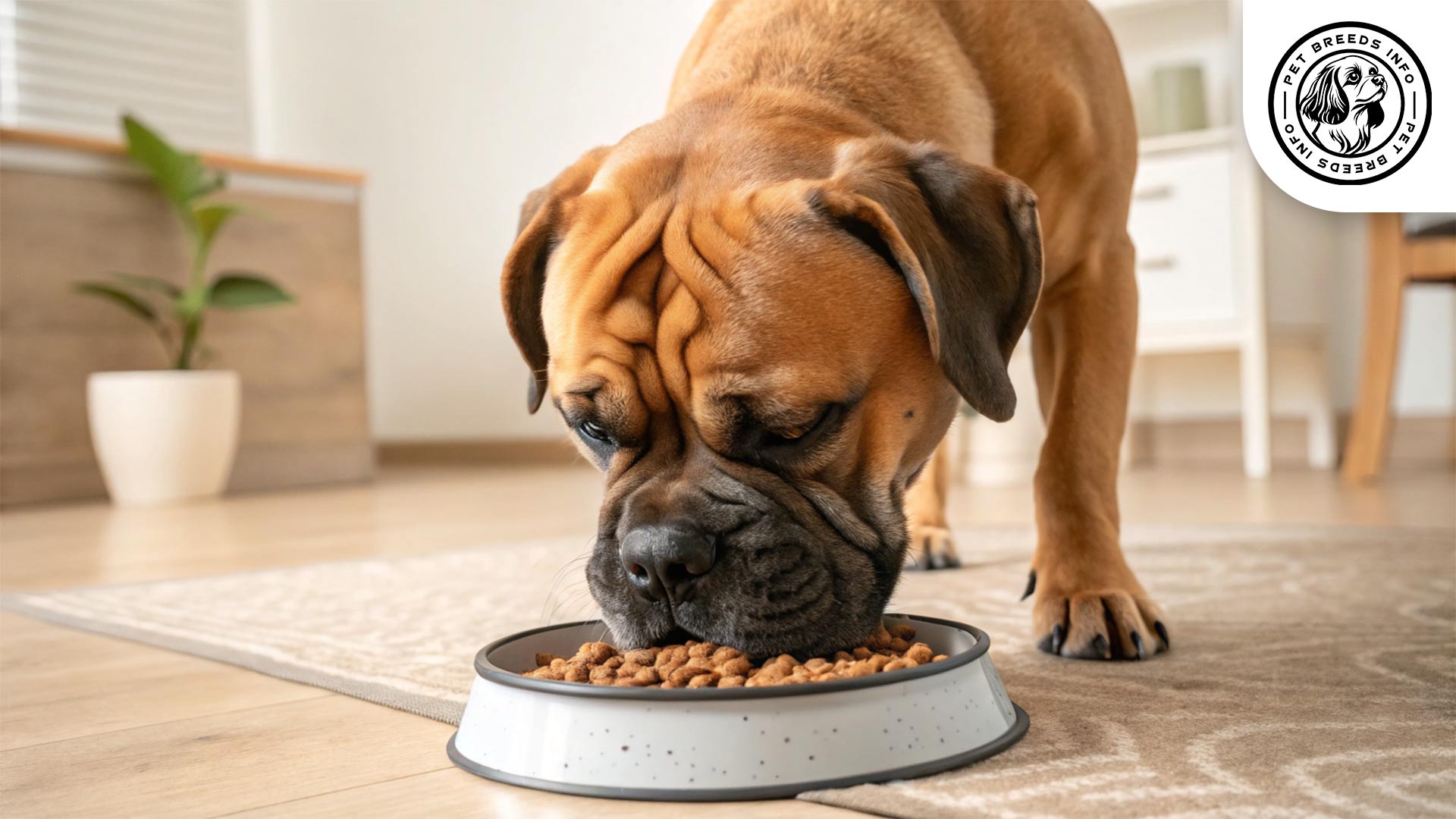
Health and Common Medical Issues
Common health issues in Bullmastiffs include hip and elbow dysplasia, bloat, hypothyroidism, and heart conditions. They are also prone to certain cancers.
Their average lifespan is around 7-10 years. Regular veterinary check-ups, vaccinations, and a healthy diet help maintain their overall well-being.
Training and Behavior Management
Bullmastiffs are intelligent but require firm and consistent training from an early age. Socialization is crucial to ensure they are well-behaved with strangers and other animals.
Positive reinforcement techniques, such as praise and treats, work best with this breed. Early obedience training helps establish boundaries and good manners.
Read More: Briard Dog
Interaction with Other Animals and Humans
Bullmastiffs are affectionate and patient with children, making them great family dogs. However, due to their protective nature, they require supervision when interacting with unfamiliar people or pets.
They can coexist with other pets if raised together but may be dominant toward other male dogs. They are best suited for families or individuals who can provide proper socialization and training.
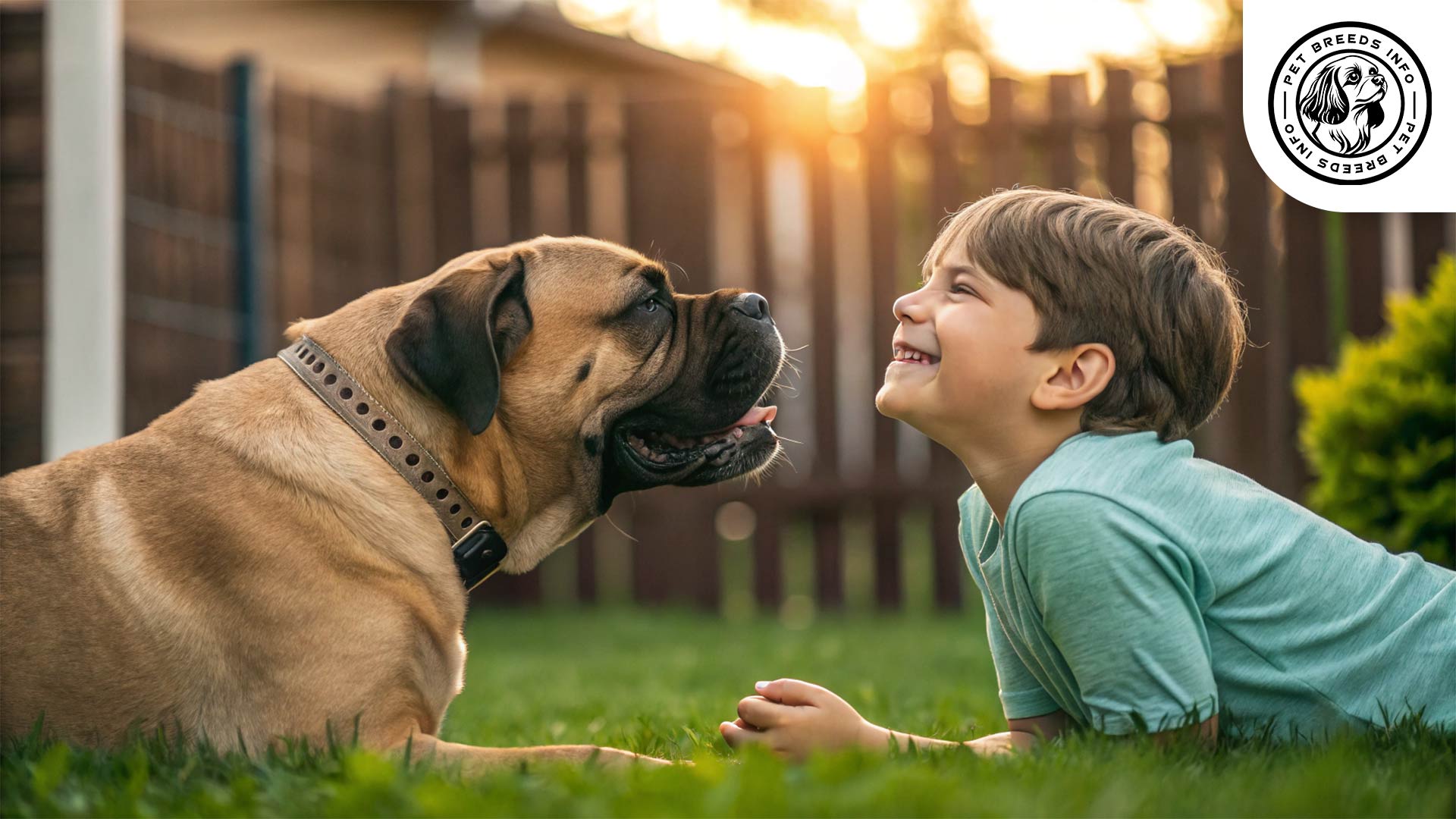
Price and Availability
The cost of a Bullmastiff puppy ranges between $1,500 and $3,500, depending on the breeder’s reputation and the dog’s lineage. Adopting a Bullmastiff from a rescue or shelter is a cost-effective and ethical option.
Potential owners should choose reputable breeders who conduct health tests and provide proper care for their puppies. Adoption centers may also have Bullmastiffs in need of homes.
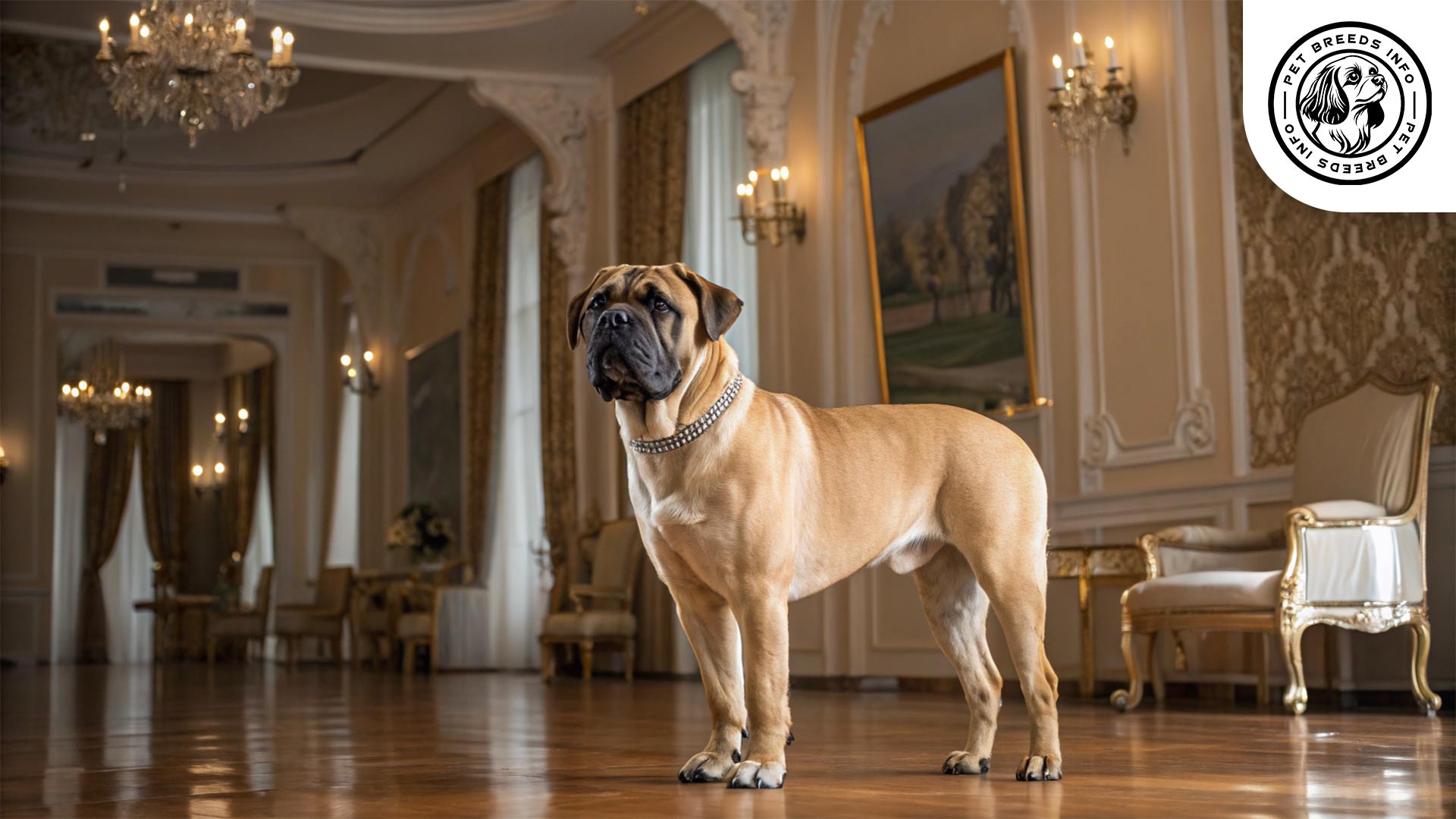
Conclusion and Final Thoughts
The Bullmastiff is an excellent companion for individuals or families seeking a loyal and protective dog. They thrive in homes with space and require early training and socialization.
Prospective owners should be prepared for their strong-willed nature, grooming maintenance, and potential health concerns. If properly cared for, the Bullmastiff is an affectionate and devoted guardian.
Read More: Boykin Spaniel Dog
FAQ
Are Bullmastiffs good family dogs?
Yes, Bullmastiffs are known to be deeply loyal and form strong bonds with their owners. Their calm nature makes them generally good with children, and they are affectionate and patient. However, due to their protective nature, supervision is recommended when interacting with unfamiliar people.
How much exercise does a Bullmastiff need?
Bullmastiffs have a moderate energy level and appreciate daily exercise such as walks and playtime. They do not require excessive activity and are better suited for homes with space rather than small apartments.
What is the grooming like for a Bullmastiff?
Bullmastiffs have a short, dense coat that is low-maintenance. Weekly brushing is usually sufficient to remove loose hair. Occasional bathing, regular nail trimming, ear cleaning, and dental care are also part of their routine hygiene.
Are Bullmastiffs suitable for apartment living?
Bullmastiffs are large dogs and are generally better suited for homes with more space rather than small apartments. While they don’t require excessive activity, they still benefit from having room to move around comfortably.
